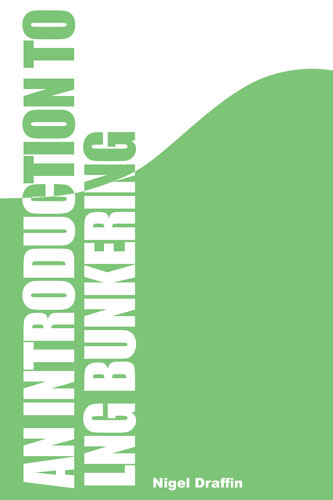An Introduction to LNG Bunkering/Введение в методы бункерной перевозки сжиженного природного газа
В книге отсутствуют страницы: 42, 43, 45
Книга на английском языке
The use of LNG as a ship's fuel is supported by the fact that LNG production facilities are in place to meet the global demand and that efficient logistical import terminal systems are serving hinterland gas grids. Furthermore, natural gas reserves seem abundant and new production facilities are being planned and constructed.
This backbone of production and terminals creates a good basis for establishing an infrastructure of small and medium-scale terminals, bunker vessels and trucks for supplying LNG as a bunker fuel. Such an infrastructure is costly and the only way forward for creating low unit costs for the infrastructure element of the LNG bunker price is a combination of economies of scale and flexible migration strategies.
См. также Legal Issues in Bunkering. An Introduction to the Law Relating to the Sale and Use of Marine Fuels
Contents
Foreword
Preface
About the author
Acknowledgements
Introduction
A little history
Why methane?
Chapter 1 - Using gas as a fuel
The basics
Some physics
Some definitions
Methane
Other potential fuel gases
Gas engines
Dual fuel engines
Gas-diesel engines
Boilers
Chapter 2 - Problem areas
Chapter 3 - Storage
Onshore storage
Onboard storage
Shore storage
Safe zones
Pumped supply
Pressure differential supply - shore handling
Vapour return
Liquefaction plant
Local re-liquefaction
Onboard storage
Chapter 4 - Onboard fuel system
Vaporiser
Gas compressor
Gas engines
Dual fuel systems
Boilers
Gas combustion units (GCU)
Re-liquefaction
Secondary fuel supply
Chapter 5 - Onboard fuel system
Hazardous spaces
Gas detection
Gas extraction
Double walled piping
Emergency shut down (ESD) systems
ESD engine room protection
LNG bunker barges
LNG road tankers
Chapter 6 - Bunkering procedures
Establishing safe zones
Bunker transfer equipment
Connection
Shore and ship schematic
Gassing up delivery side
Cooling down delivery side
Purging ship side and hose
Gassing up ship side
Loading LNG bunkers
Reducing tank pressure
Displacing LNG with methane at completion
Displacing methane with nitrogen
Cool down
Transfer
Line inerting
Line purging
Trapped LNG
Level monitoring
Custody transfer
Stockholm ferry project
Safety issues
Chapter 7 - Training and regulations
Gas escape
Fire
Cryogenic incidents
Dry break couplings
Connections
IMO developments
SOLAS
Chapter 8 - The LNG fleet
In service
On order
Future developments
European Union initiatives
Short sea shipping
Domestic
Coastal
Deep sea
Chapter 9 - Commercial considerations
Pricing
Energy density, volume and equivalent prices
Invoicing, quantities and BDR
Abbreviations
Appendix 1 - Where to go for help
Appendix 2 - Some data on LNG and methane
Index




